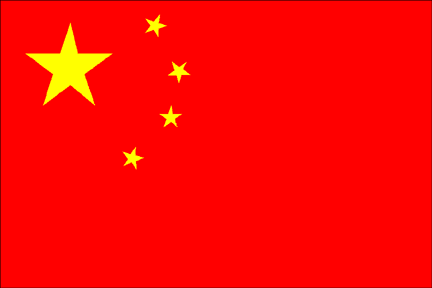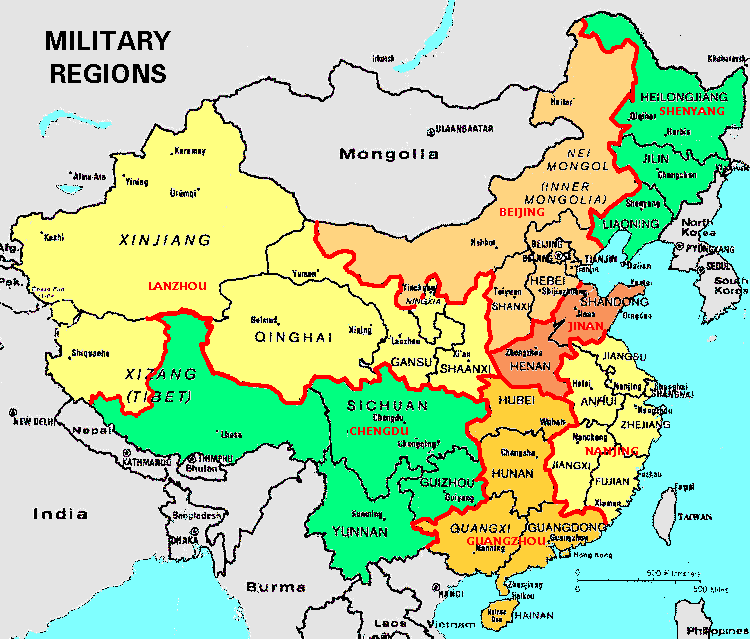





The General Staff Department carried out staff and operational functions for the PLA and had major responsibility for implementing military modernization plans. Headed by the chief of general staff, the department serves as the headquarters for the ground forces and contained directorates for the three other armed services: Air Force, Navy, and Strategic Missile Force.
The most important of the three elements within the PLA is the General Staff Department's Equipment Department (GSD/ED) which draws up operational parameters for PLA equipment acquisitions and coordinates demands from the three services. The PLA's General Logistics Department (GLD) is responsible for logistics and quartermaster duties, primarily food and uniforms. The third element, the General Political Department, has no direct influence on PLA weapons procurement.
Once equipment is procured, its upkeep becomes the responsibility of the PLA's GLD. Although the GLD controls a few depot-level maintenance facilities, primarily for heavy vehicles, maintenance is primarily the province of the "owning" formation, or PLA unit. Extensive repair operations, particularly for aircraft and naval vessels, apparently involve the manufacturers (in the case of shipbuilding, the manufacturers control the primary shipbuilding and repair facilities).
The General Staff Department included functionally organized subdepartments for artillery, armored units, engineering, operations, training, intelligence, mobilization, surveying, communications, quartermaster services, and politics. Navy Headquarters controlled the North Sea Fleet, East Sea Fleet, and South Sea Fleet. Air Force Headquarters generally exercised control through the commanders of the seven military regions. Nuclear forces were directly subordinate to the General Staff Department. Conventional main, regional, and militia units were controlled administratively by the military region commanders, but the General Staff Department in Beijing could assume direct operational control of any main-force unit at will. Thus, broadly speaking, the General Staff Department exercised operational control of the main forces, and the military region commanders controlled the regional forces and, indirectly, the militia.

